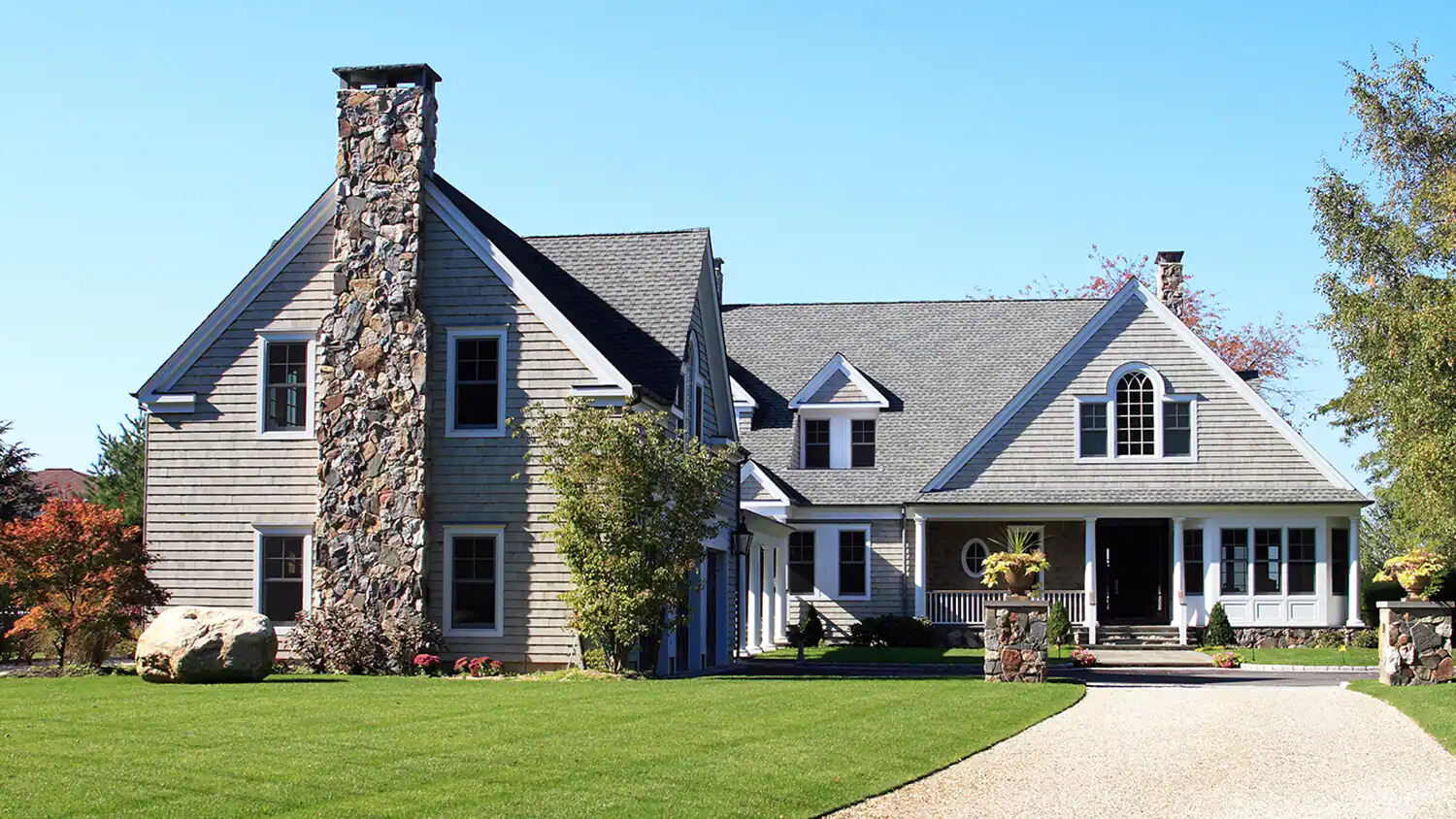

Articles
How To Get An Animal Out Of Your Chimney
Modified: August 28, 2024
Learn effective methods to safely remove animals from your chimney with our informative articles. Get rid of unwanted critters and ensure the safety of your home.
(Many of the links in this article redirect to a specific reviewed product. Your purchase of these products through affiliate links helps to generate commission for Storables.com, at no extra cost. Learn more)
Introduction
Discovering that an animal has made its way into your chimney can be a daunting experience. Not only does it pose a risk to your home and the animal’s welfare, but it can also create unpleasant odors and noises. However, with the right knowledge and steps, you can safely and effectively get the animal out of your chimney.
In this article, we will guide you through the process of removing an animal from your chimney and provide tips for preventing future occurrences. So, let’s get started and ensure a safe and animal-free chimney for you and your home.
Key Takeaways:
- Safely and effectively remove animals from your chimney by assessing the situation, calling a professional chimney sweep, and installing a chimney cap to prevent future intrusions.
- Prioritize safety and humane treatment throughout the animal removal process, and take proactive measures to prevent future occurrences, ensuring a peaceful and cozy home environment.
Read more: How To Get A Squirrel Out Of Your Chimney
Step 1: Assess the situation
The first step in dealing with an animal in your chimney is to assess the situation. Take a moment to gather information and evaluate the condition of the animal and the potential risks involved.
Start by determining if the animal is actively inside the chimney or if it has already left. Look for signs such as scratching or chirping noises, strong odors, or debris falling into your fireplace. If you can visually confirm the presence of an animal, it is likely still inside.
Next, consider the size and type of animal. Is it a small bird, a squirrel, or something larger like a raccoon? Understanding the species will help you determine the best course of action and whether you should seek professional help.
Lastly, evaluate the potential risks to your home and safety. Animals in the chimney can cause damage to the structure or create blockages that hinder proper airflow. They may also introduce unwanted pests or diseases into your living space. Take these factors into consideration when deciding how to proceed.
By assessing the situation thoroughly, you will be better equipped to handle the next steps and ensure a safe and effective animal removal process.
Step 2: Determine the type of animal
Once you’ve assessed the situation and confirmed the presence of an animal in your chimney, it’s important to determine the type of animal you’re dealing with. This knowledge will help you decide on the appropriate actions to take.
Start by observing any visible signs of the animal, such as its size, shape, and behavior. Is it small and agile like a bird, or larger and more cautious like a raccoon? Take note of any distinctive features or characteristics that can aid in identification.
You can also listen for specific sounds to get a clue about the type of animal. Birds may chirp or flutter their wings, while mammals like squirrels and raccoons might scratch or make vocal noises.
If you’re having trouble identifying the animal, consider seeking help from a professional animal control or wildlife expert. They have experience in identifying and dealing with various types of creatures and can provide valuable insights.
Knowing the type of animal is crucial because it will determine the methods you should use to remove it safely. Some animals, like birds, can be gently encouraged to leave, while others, like raccoons, may require professional assistance.
Remember, it’s essential to handle the situation with care and prioritize the well-being of both the animal and yourself. Do not attempt to handle or capture a wild animal without the proper knowledge and equipment.
By accurately determining the type of animal, you can proceed to the next step confidently, ensuring the most effective and humane approach to removing it from your chimney.
Step 3: Call a professional chimney sweep
When dealing with an animal in your chimney, it’s often best to enlist the help of a professional chimney sweep. These trained experts have the knowledge, experience, and tools necessary to safely and effectively remove animals from your chimney.
Chimney sweeps are well-versed in handling various types of animals and understand the risks and challenges that come with the task. They will be equipped with the appropriate gear and techniques to ensure a successful removal without causing harm to the animal or damaging your chimney.
Here are a few reasons why calling a professional chimney sweep is a wise decision:
- Safety: Chimney sweeps are trained to handle potentially dangerous situations. They know how to use ladders and harnesses properly to access your chimney and navigate tricky spaces.
- Expertise: Professionals have the experience to accurately identify the type of animal and its behavior. This knowledge allows them to employ the appropriate methods to safely remove the animal from your chimney.
- Humane approach: Chimney sweeps prioritize the well-being of the animal. They use techniques that minimize stress and harm, ensuring a humane and ethical approach to wildlife removal.
- Prevention: While removing the animal, chimney sweeps can also inspect your chimney for any damage or potential entry points. They can advise you on necessary repairs or the installation of a chimney cap to prevent future animal intrusion.
When selecting a professional chimney sweep, be sure to choose someone reputable and certified. Look for reviews and recommendations from previous customers and ensure they have proper insurance coverage.
By calling a professional chimney sweep, you’re entrusting the job to experts who will handle the situation efficiently, safely, and with compassion, giving you peace of mind throughout the process.
Before attempting to remove an animal from your chimney, make sure to open all doors and windows in the room to provide an escape route. Then, use a bright light to encourage the animal to move towards the opening. Avoid using fire or smoke to drive the animal out, as this can harm the animal and create a fire hazard. If the animal is stuck, contact a professional wildlife removal service for assistance.
Step 4: Install a chimney cap
Preventing future occurrences of animals in your chimney is crucial to maintaining a safe and animal-free home. One effective way to achieve this is by installing a chimney cap.
A chimney cap is a protective covering that fits over the top of your chimney. It acts as a barrier, preventing animals from entering while allowing smoke and gases to escape freely. Here’s why installing a chimney cap is a worthwhile step:
- Animal deterrent: A chimney cap effectively keeps animals out of your chimney by closing off the opening. It blocks access to birds, squirrels, raccoons, and other critters that can find their way in and cause damage.
- Debris prevention: In addition to animals, a chimney cap also prevents leaves, twigs, and debris from falling inside. This helps maintain proper airflow and reduces the risk of blockages.
- Sparks and embers: A chimney cap serves as a spark arrestor, preventing hot embers and sparks from escaping and potentially causing a fire on your roof or nearby vegetation.
- Weather protection: The chimney cap acts as a shield against rain, snow, and other weather elements. This helps prevent moisture from seeping into your chimney, which can lead to structural damage and deterioration over time.
- Easy maintenance: Chimney caps are typically easy to install and require minimal maintenance. Regular inspections to remove any debris or buildup are all that’s needed to keep them functioning properly.
When selecting a chimney cap, choose one that is made of durable materials such as stainless steel or galvanized steel. Ensure it is the appropriate size for your chimney, allowing for proper ventilation and maintaining clearances according to local building codes.
If you’re unsure about installing a chimney cap yourself, consult a professional chimney sweep or a qualified contractor. They can guide you through the selection process and ensure proper installation for optimal effectiveness.
By installing a chimney cap, you’ll provide a long-term solution to keep animals out of your chimney, protecting your home, and ensuring peace of mind.
Read more: How To Get A Cat Out Of A Chimney
Step 5: Prevent future occurrences
To ensure that you don’t encounter another animal in your chimney, it’s important to take preventive measures. By implementing certain strategies, you can significantly reduce the risk of future intrusions. Here are some tips to help you prevent animals from entering your chimney:
- Install a chimney cap: As mentioned in the previous step, a chimney cap is an effective barrier against animals. Make sure your chimney cap is in good condition and securely installed to keep wildlife out.
- Trim surrounding trees: Overhanging branches can provide easy access for animals onto your roof and into your chimney. Regularly trim any branches that are near your chimney to eliminate this potential pathway.
- Seal any gaps or cracks: Conduct a thorough inspection of your chimney and its surrounding areas for any gaps or cracks. Seal them with appropriate materials such as caulk or mortar to prevent animals from finding entry points.
- Secure ventilation openings: Check your chimney’s ventilation openings and ensure they have proper covers or mesh screens to prevent animals from entering. These openings should allow for adequate airflow while keeping unwanted visitors out.
- Maintain a clean chimney: Regular chimney maintenance is essential in preventing animal intrusion. Schedule annual chimney inspections and cleanings to remove any debris, nests, or potential attractants that may entice animals.
- Keep food sources away: Avoid leaving food or garbage near your chimney or outdoor areas that can attract animals. Secure trash cans with tight-fitting lids and dispose of food scraps properly to discourage animal activity near your home.
- Be cautious with open fireplaces: If you have an open fireplace, use a mesh spark screen to prevent animals from entering when the fireplace is not in use. This adds an extra layer of protection against unwanted guests.
- Educate family members: Ensure that everyone in your household is aware of the importance of preventing animals from entering the chimney. Teach children not to throw objects or attempt to scare or capture animals in the chimney.
By implementing these preventive measures, you can greatly reduce the likelihood of animals finding their way into your chimney. Regular monitoring and maintenance are key to keeping your chimney secure and ensuring a tranquil living environment.
Conclusion
Dealing with an animal in your chimney can be a challenging and stressful situation. However, by following the steps outlined in this article, you can safely and effectively remove the animal while taking preventive measures for the future.
Assessing the situation and determining the type of animal are crucial first steps. From there, calling a professional chimney sweep ensures that the removal process is handled with expertise, safety, and compassion.
Installing a chimney cap provides a long-term solution to keep animals out, while maintaining regular chimney maintenance and implementing preventive measures further reduces the risk of future occurrences.
Remember, the well-being of both the animal and your home is paramount. Always prioritize safety and humane treatment throughout the entire process.
By taking the necessary steps and staying proactive, you can enjoy a chimney that is free from unwanted visitors, ensuring a peaceful and cozy environment in your home.
Frequently Asked Questions about How To Get An Animal Out Of Your Chimney
Was this page helpful?
At Storables.com, we guarantee accurate and reliable information. Our content, validated by Expert Board Contributors, is crafted following stringent Editorial Policies. We're committed to providing you with well-researched, expert-backed insights for all your informational needs.
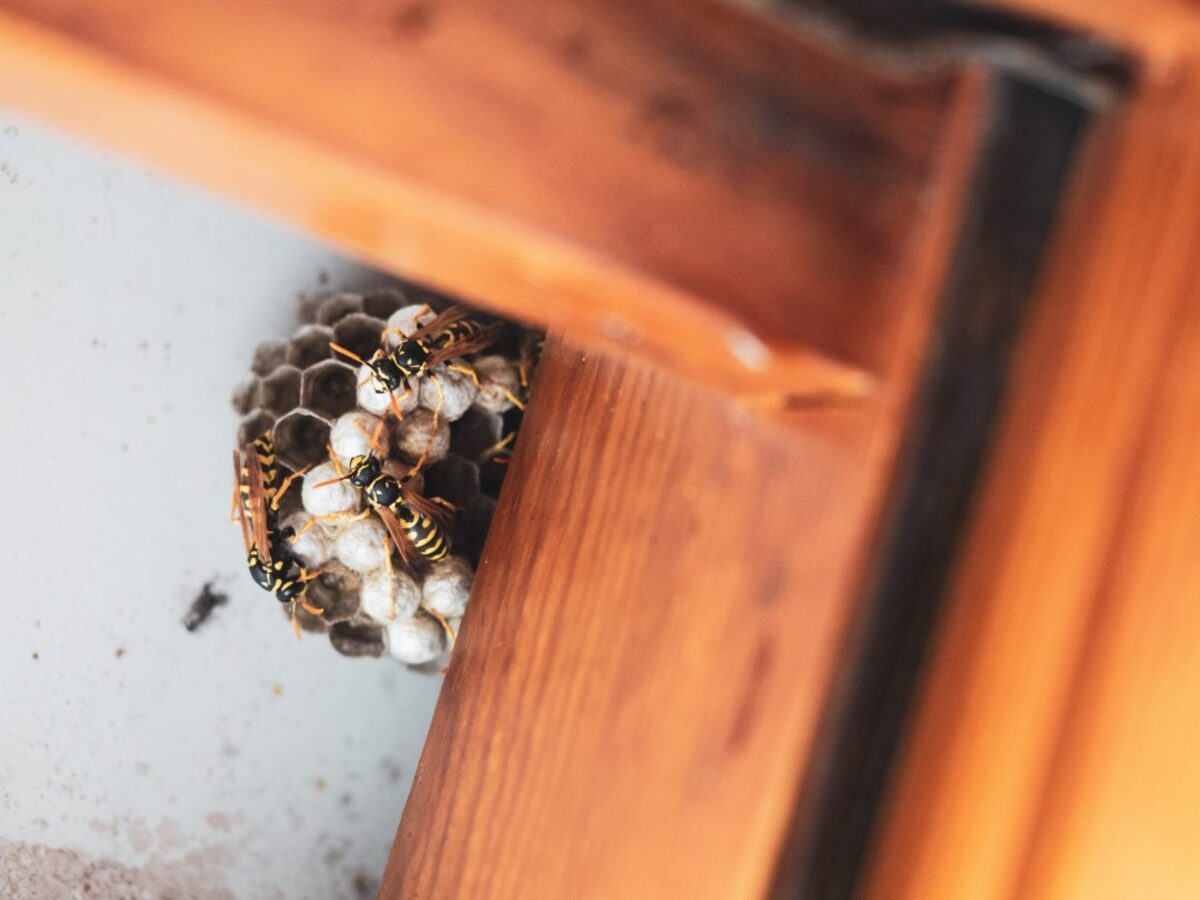
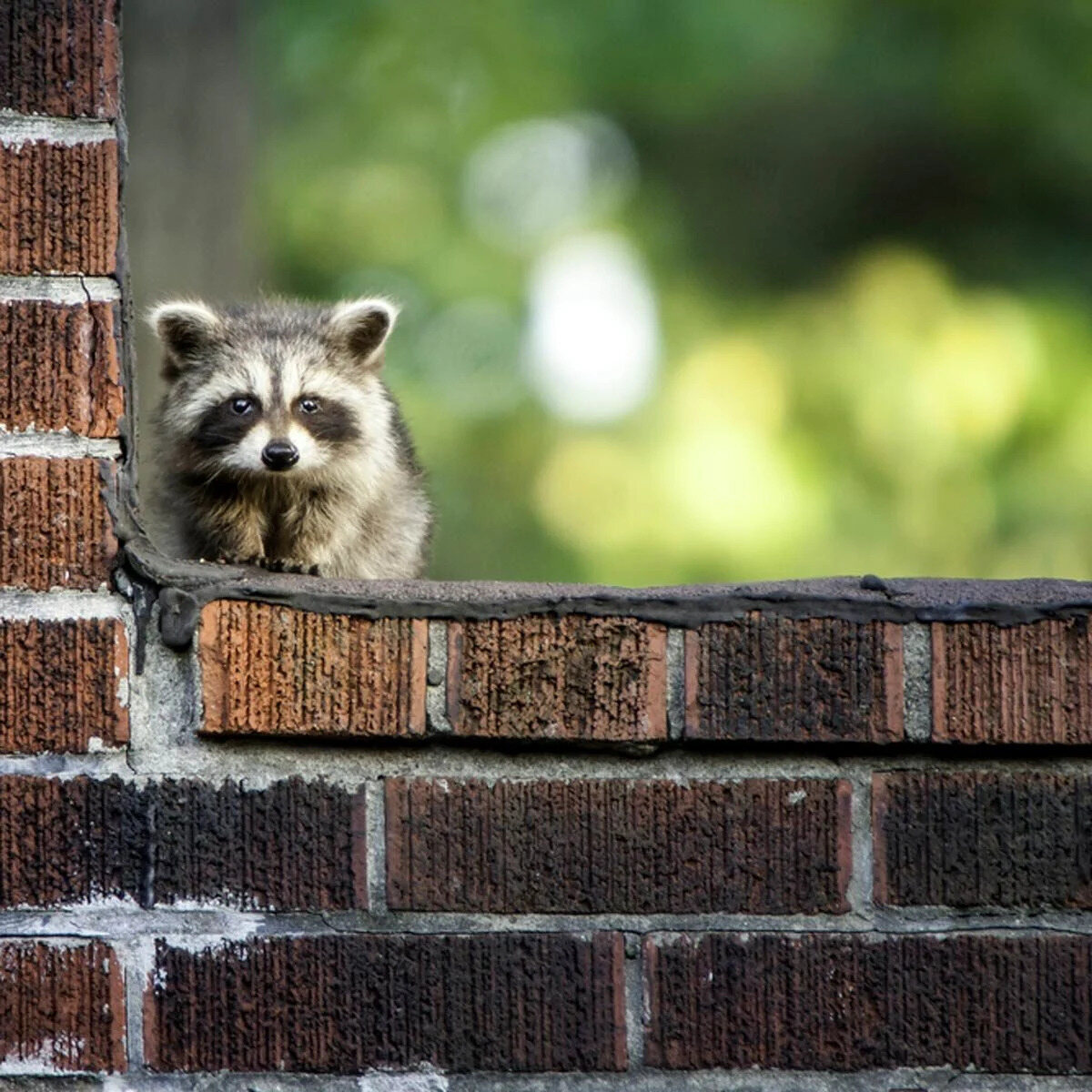
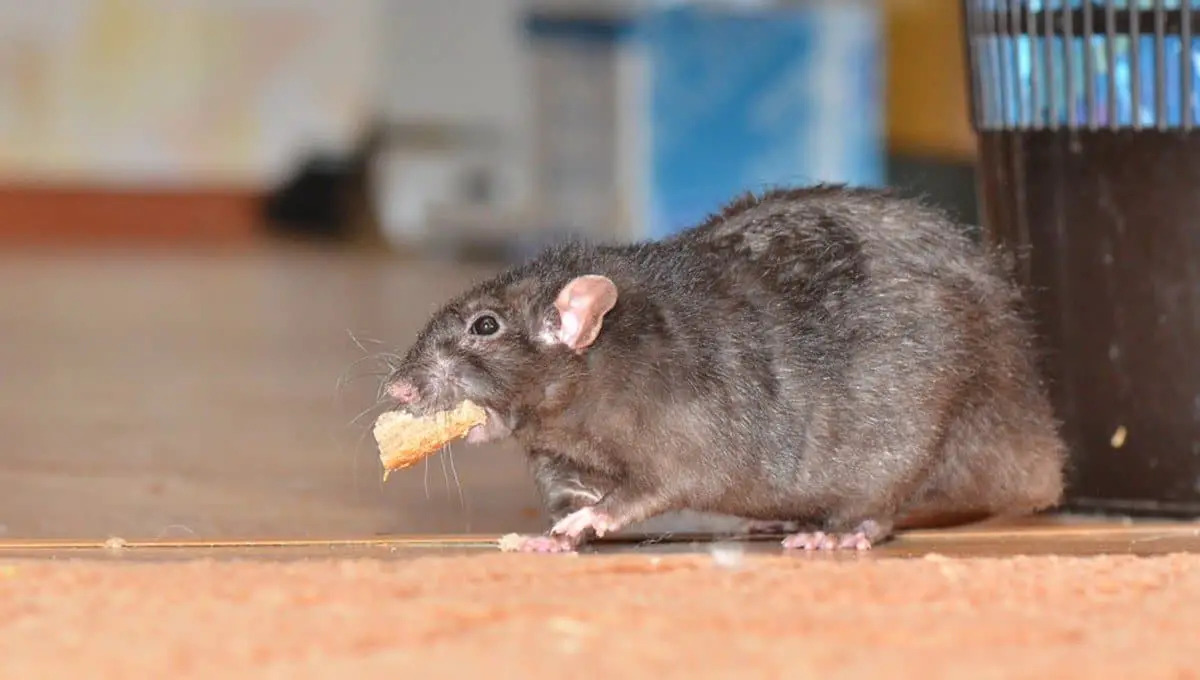
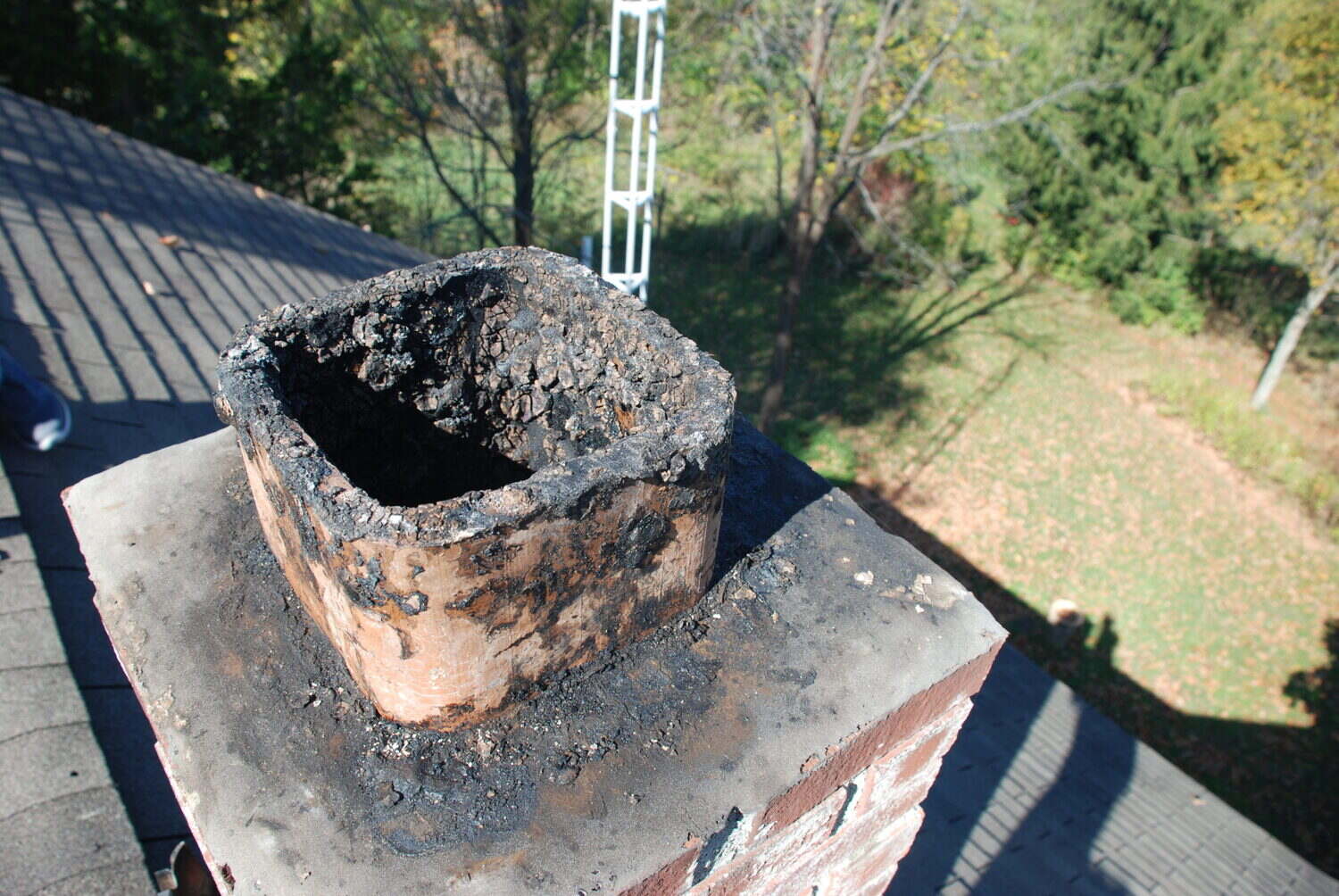
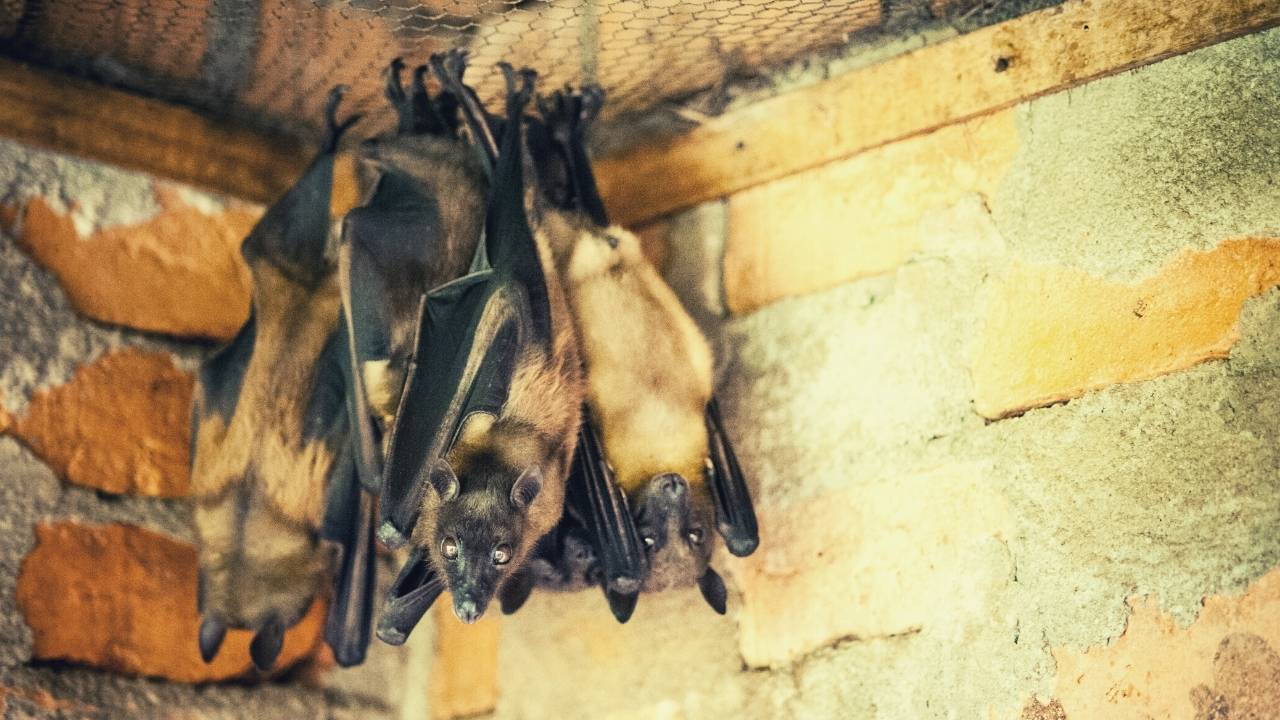
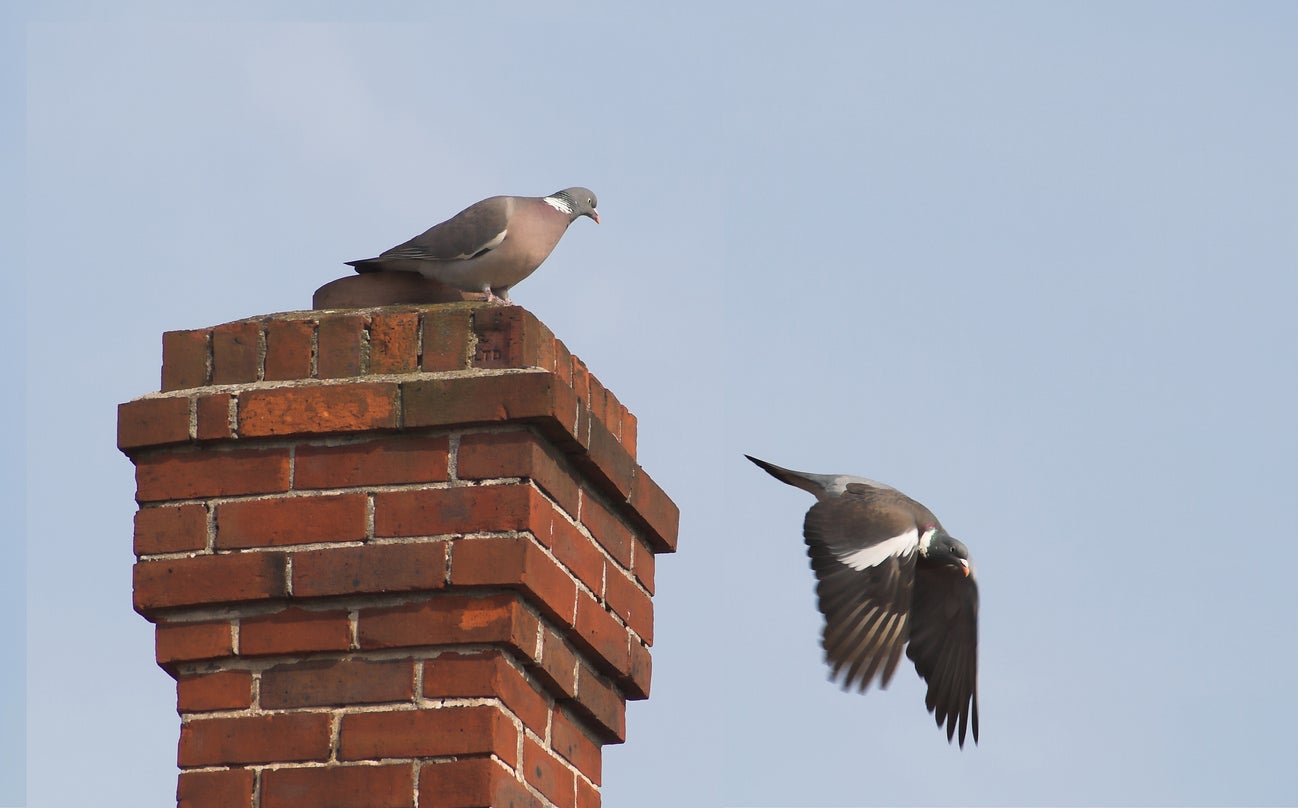
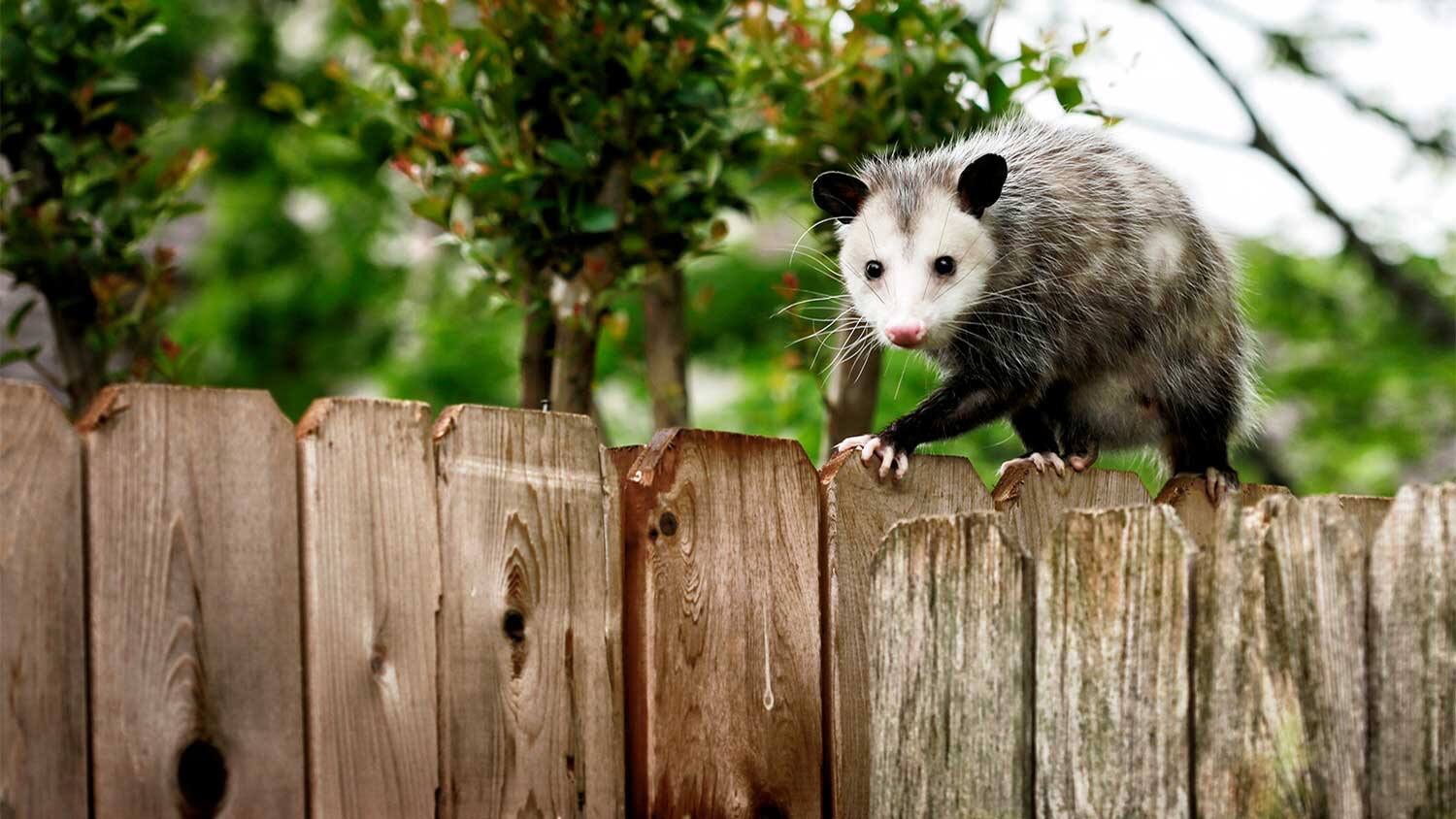
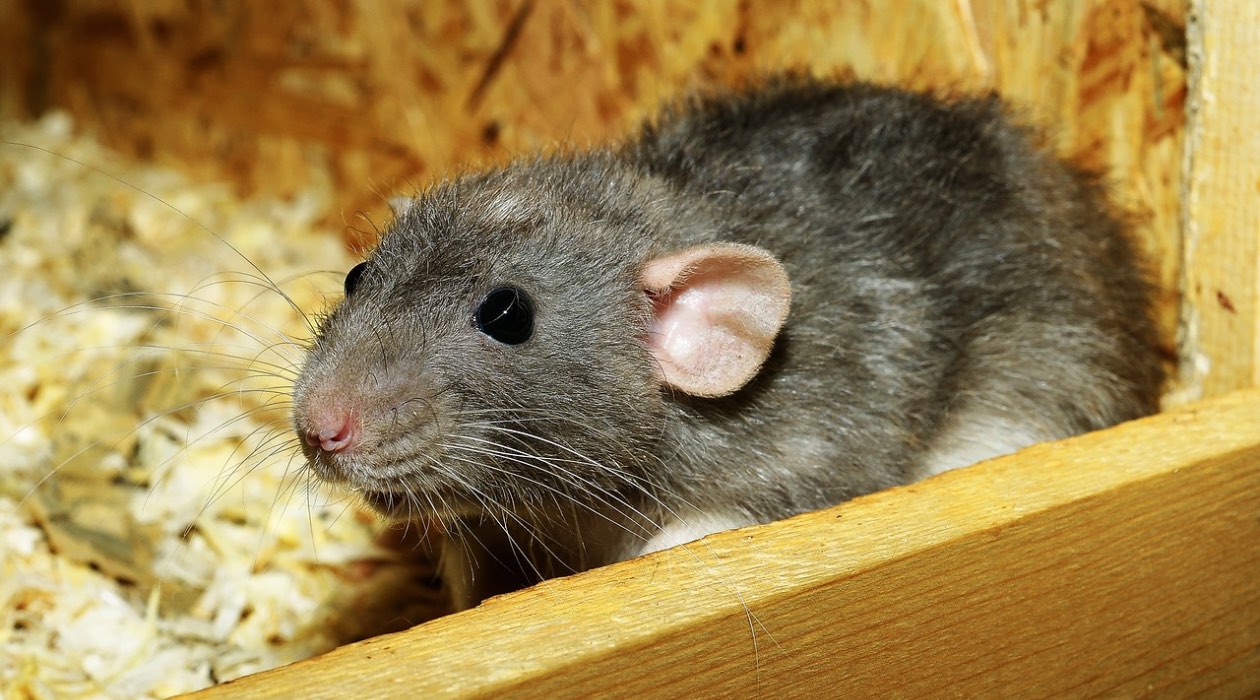
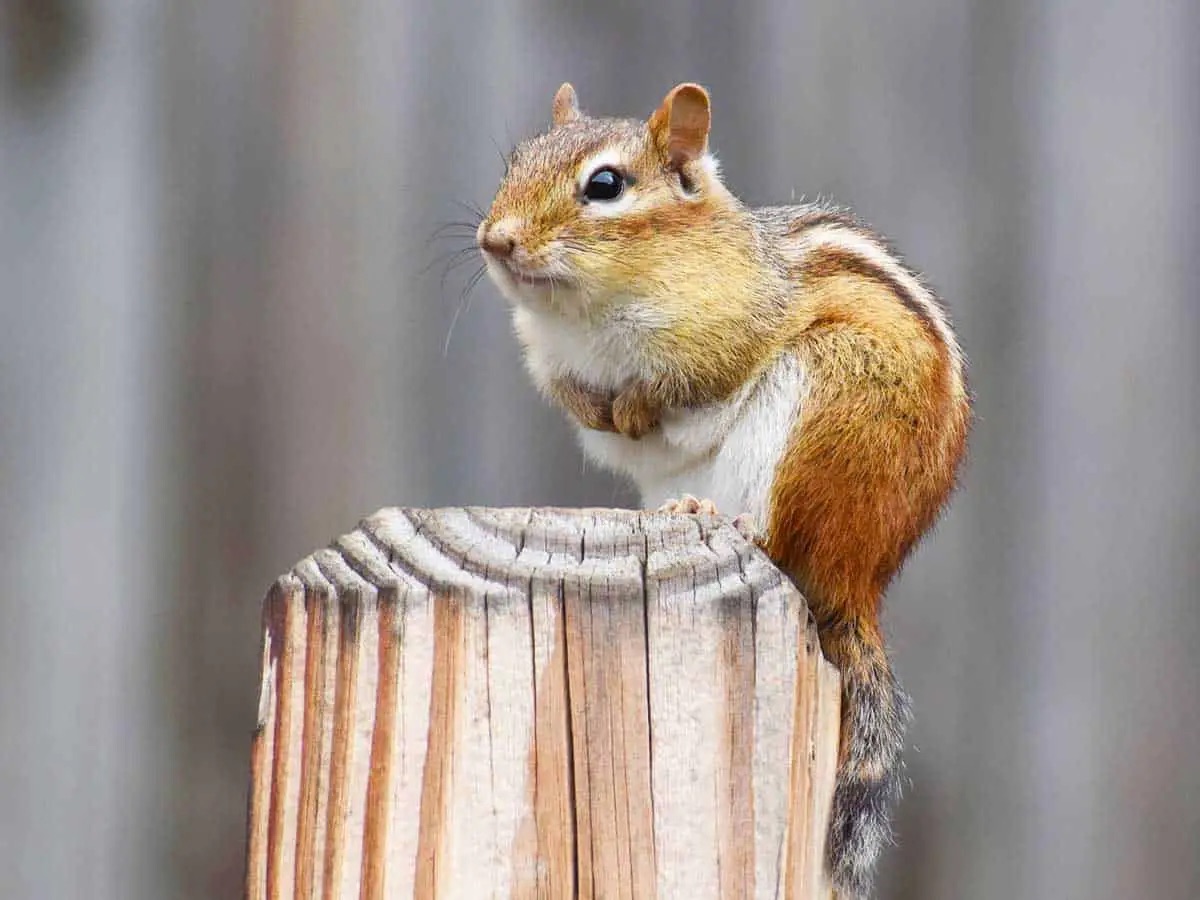
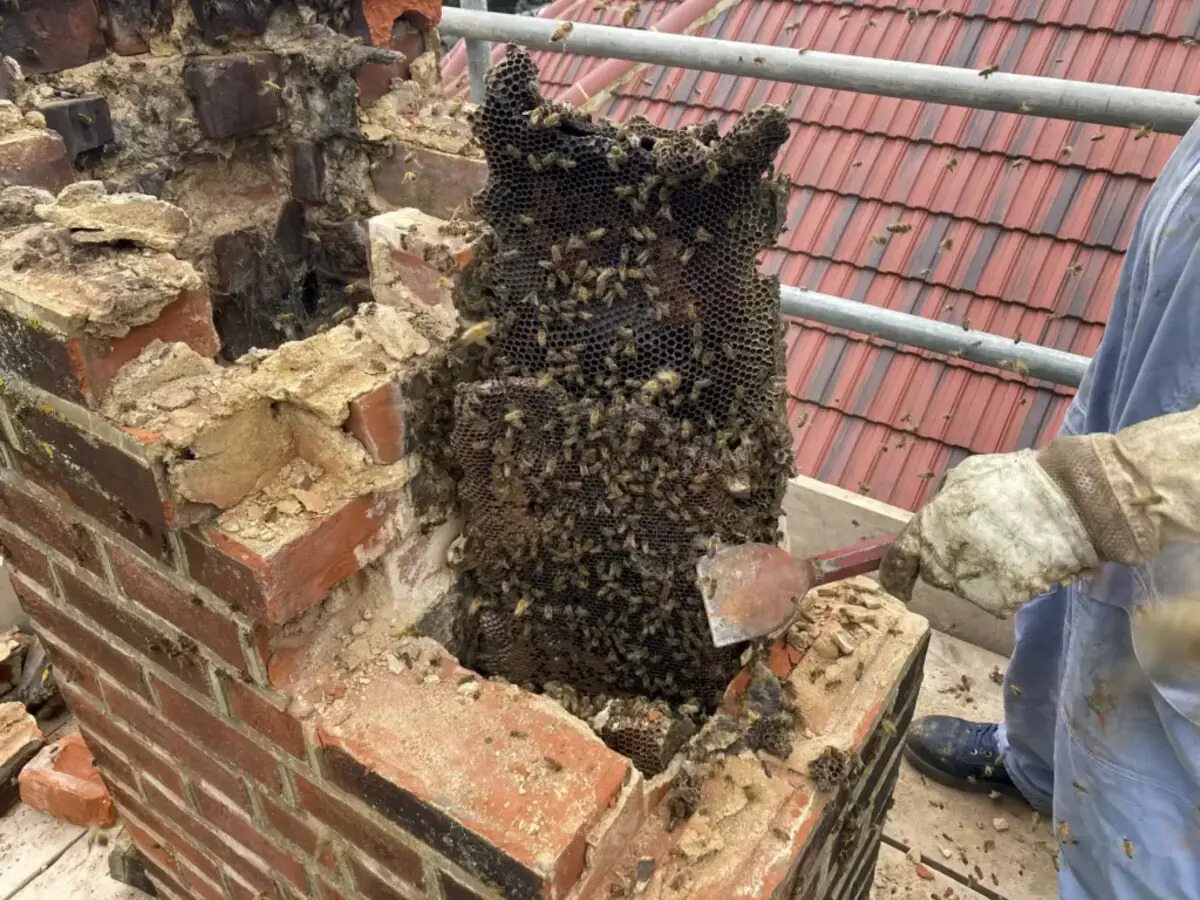

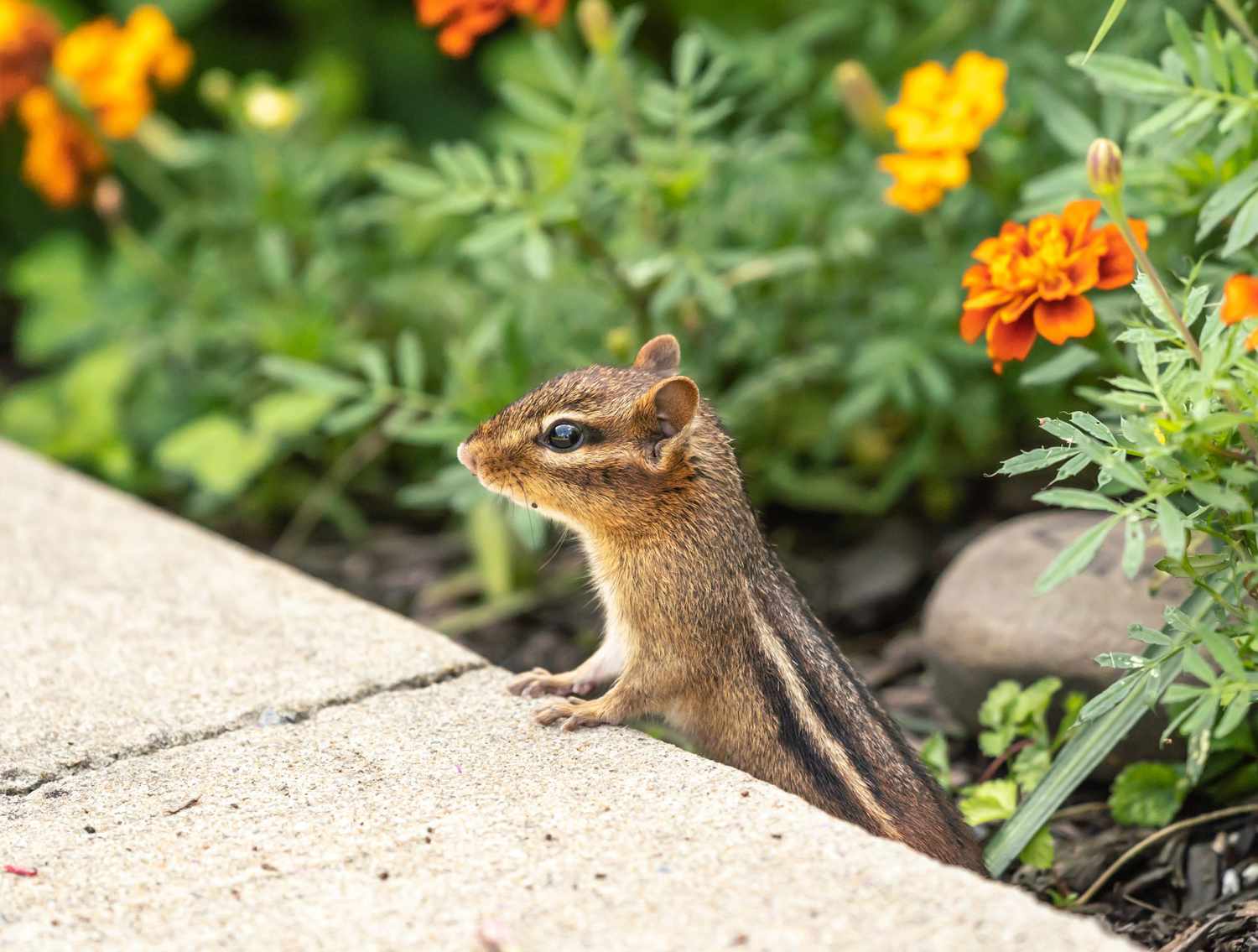
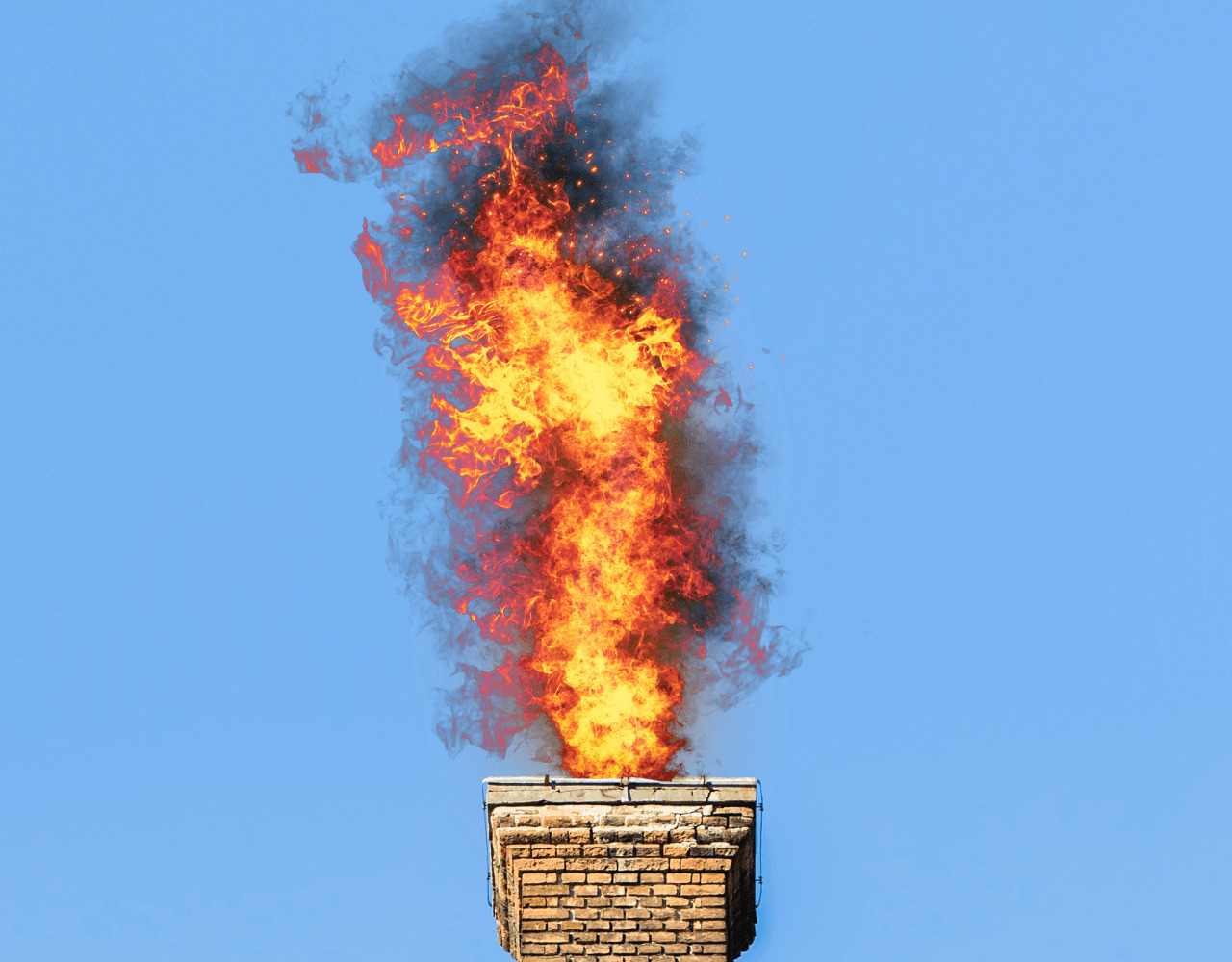
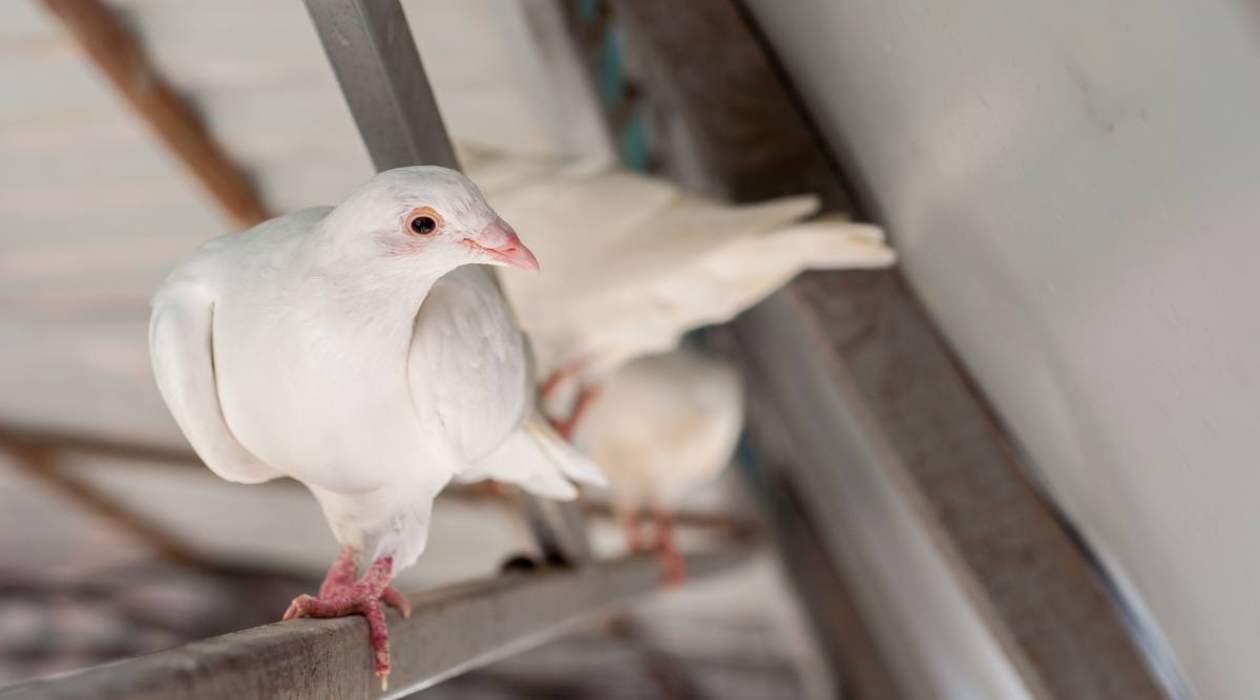

0 thoughts on “How To Get An Animal Out Of Your Chimney”